In today's fast-paced world, where demands on our time seem to be ever-increasing, finding ways to boost productivity has become essential. Many of us fall into the trap of working longer hours in an attempt to get more done, only to find ourselves feeling exhausted and burned out. However, the key to true productivity lies not in working harder but in working smarter. By leveraging the power of a productivity planner, individuals can optimize their time, prioritize tasks effectively, and achieve more with less effort. In this article, we'll explore how you can maximize productivity with your productivity planner and adopt a smarter approach to work.
Understanding the Concept of Working Smarter, Not Harder
Working smarter, not harder, is a philosophy that emphasizes efficiency and effectiveness over sheer effort and hours spent. It's about finding ways to accomplish tasks more efficiently, prioritize activities that yield the highest impact, and leverage resources effectively to achieve goals. Working smarter involves strategic planning, thoughtful decision-making, and a focus on outcomes rather than inputs.
The Role of a Productivity Planner in Working Smarter
A productivity planner is a valuable tool for implementing the principles of working smarter, not harder. It provides a structured framework for organizing tasks, setting goals, and managing time in a way that maximizes efficiency and effectiveness. With a productivity planner, individuals can streamline their workflow, identify priorities, and stay focused on tasks that move them closer to their goals. Here are some key ways in which a productivity planner can help individuals work smarter:
Task Prioritization: A productivity planner allows individuals to prioritize tasks based on their importance and urgency. By clearly identifying which tasks are most critical to achieving their goals, individuals can focus their time and energy on activities that yield the highest impact, rather than getting bogged down by low-priority tasks.
Time Management: Effective time management is essential for working smarter, and a productivity planner can help individuals allocate their time more effectively. With a productivity planner, individuals can schedule specific time blocks for different tasks, minimize distractions, and ensure that they are making the most of their available time.
Goal Setting: Setting clear and achievable goals is key to working smarter, and a productivity planner provides a space for individuals to define their objectives and track their progress. By breaking down larger goals into smaller, actionable steps, individuals can stay focused and motivated, knowing that they are making progress towards their goals.
Reflection and Adjustment: Working smarter requires continuous learning and improvement, and a productivity planner facilitates this process by providing a space for reflection and adjustment. By regularly reviewing their productivity planner, individuals can identify areas for improvement, refine their strategies, and make adjustments to their plans as needed.
Practical Strategies for Maximizing Productivity with Your Productivity Planner
Now that we understand the importance of working smarter and the role of a productivity planner in achieving this goal, let's explore some practical strategies for maximizing productivity with your productivity planner:
Set Clear Goals: Begin by setting clear and specific goals for what you want to accomplish. Use your productivity planner to write down your goals and break them down into smaller, actionable steps.
Prioritize Tasks: Use your productivity planner to prioritize tasks based on their importance and urgency. Focus on high-impact activities that align with your goals, and delegate or eliminate tasks that are low-priority or non-essential.
Plan Your Day: Take time each day to plan your tasks and schedule them in your productivity planner. Allocate specific time blocks for different activities, and be realistic about what you can accomplish in a day.
Use Time-Blocking Techniques: Experiment with time-blocking techniques to structure your day and minimize distractions. Block out dedicated time for focused work, meetings, and breaks, and stick to your schedule as much as possible.
Review and Reflect: Regularly review your productivity planner to track your progress, evaluate your productivity, and identify areas for improvement. Use this feedback to make adjustments to your plans and strategies, and continue refining your approach over time.
Conclusion
In conclusion, working smarter, not harder, is essential for achieving success and maintaining balance in today's fast-paced world. By leveraging the power of a productivity planner, individuals can optimize their time, prioritize tasks effectively, and achieve more with less effort. By setting clear goals, prioritizing tasks, planning your day, using time-blocking techniques, and regularly reviewing and reflecting on your progress, you can maximize productivity with your productivity planner and adopt a smarter approach to work. Remember, it's not about how many hours you put in—it's about how effectively you use those hours to achieve your goals.
Learn more: Productivity Store | We Make the World's Best Planners and Journals

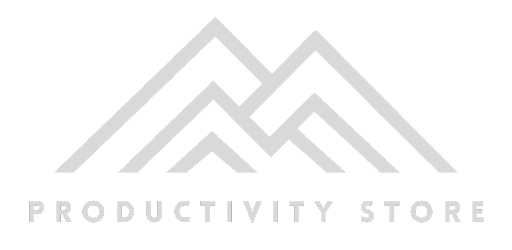






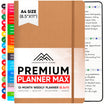

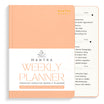



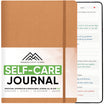

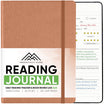
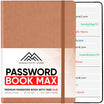
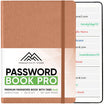

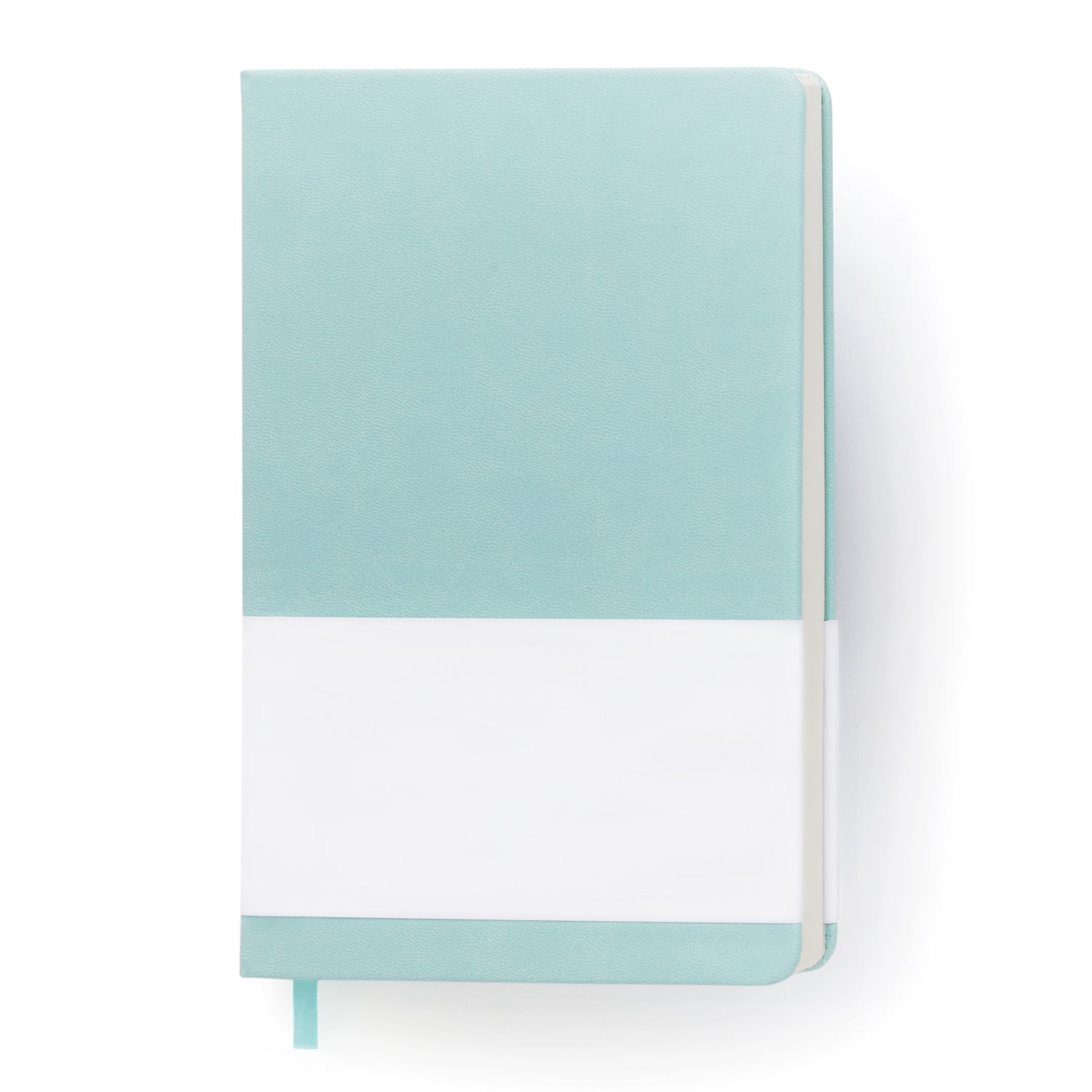


Leave a comment
All comments are moderated before being published.
This site is protected by hCaptcha and the hCaptcha Privacy Policy and Terms of Service apply.